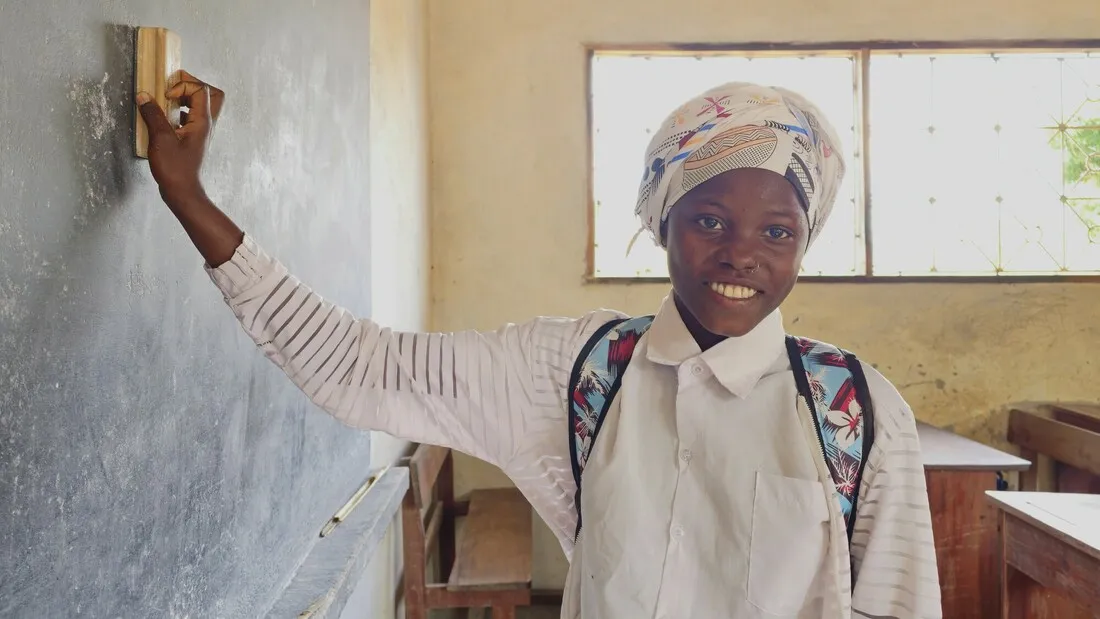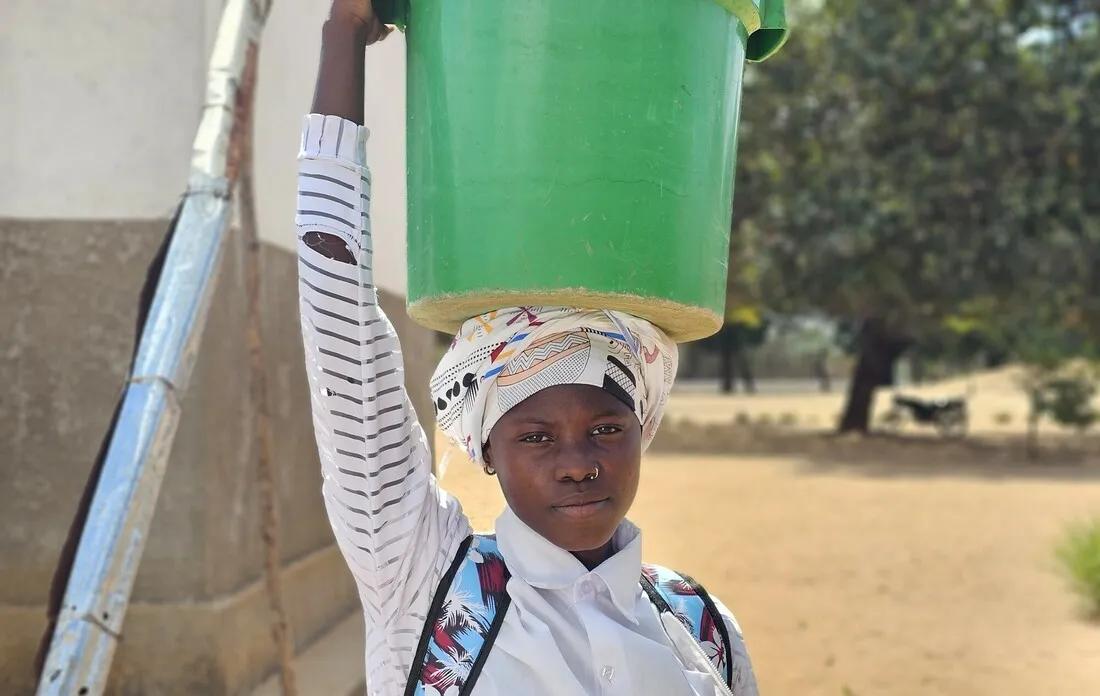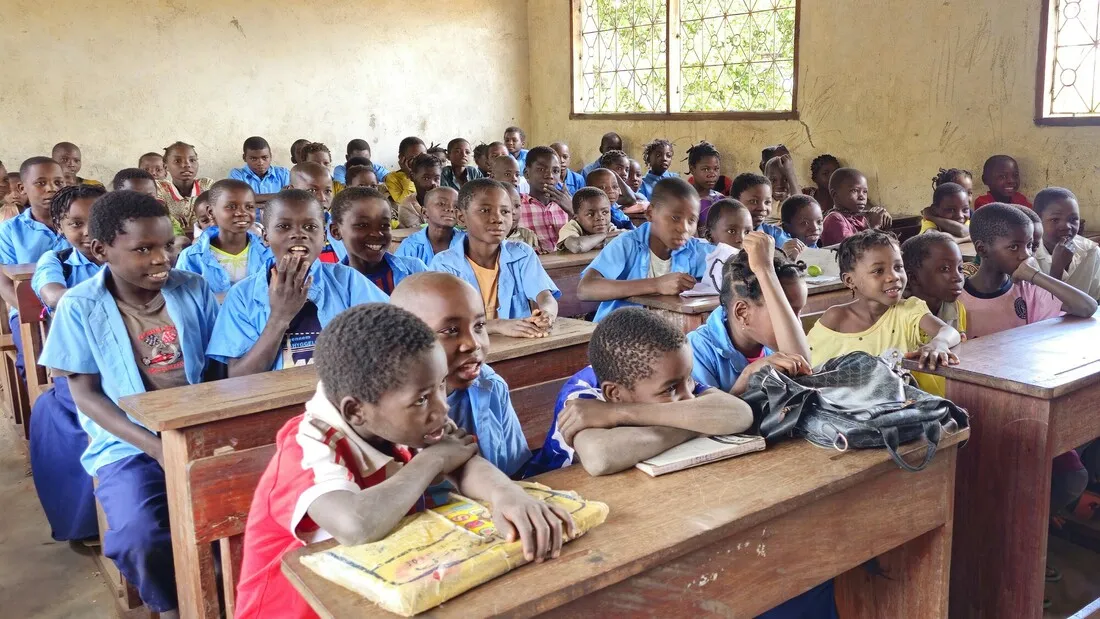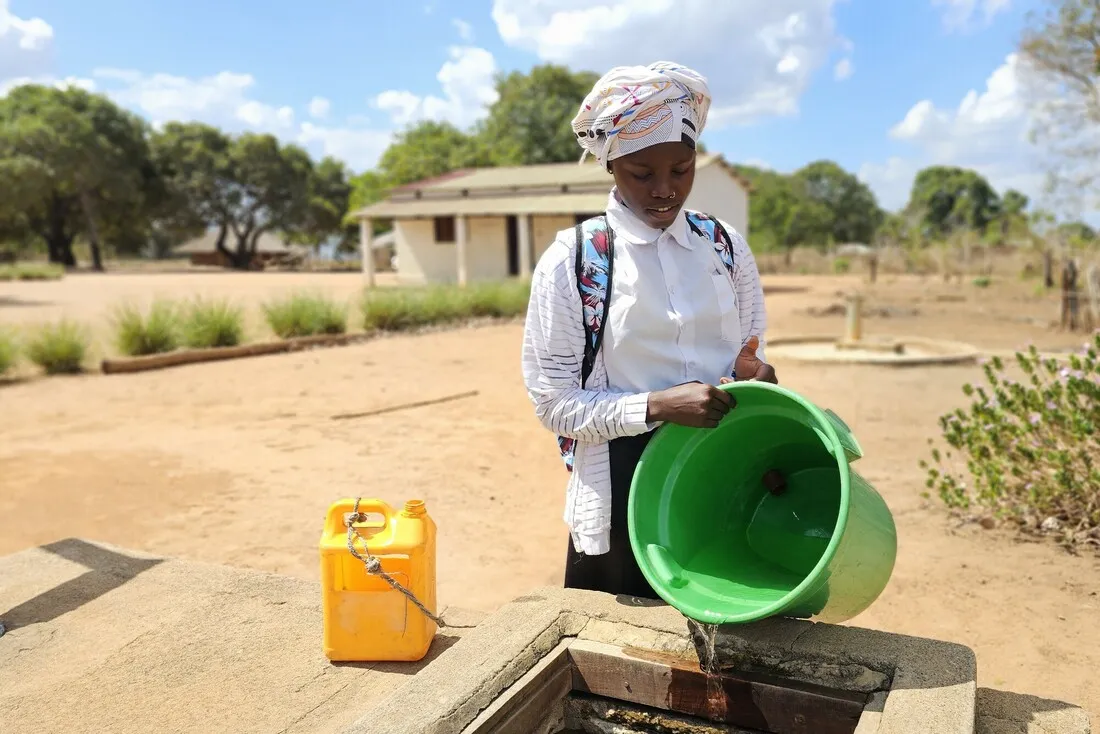“It is not easy, but at least they have a school to go to,” one of the teachers reflected.
There are classes up to the seventh grade here, and the student ages range. Some children repeat grades because there is no higher-level school, while other students have been out of school for several years. The ongoing conflict in Cabo Delgado has forced hundreds of thousands of people from their homes, leaving many families in a desperate search for food, shelter, and safety.
Yet, regardless of their background or age, these students come together to sing, learn, and study.







